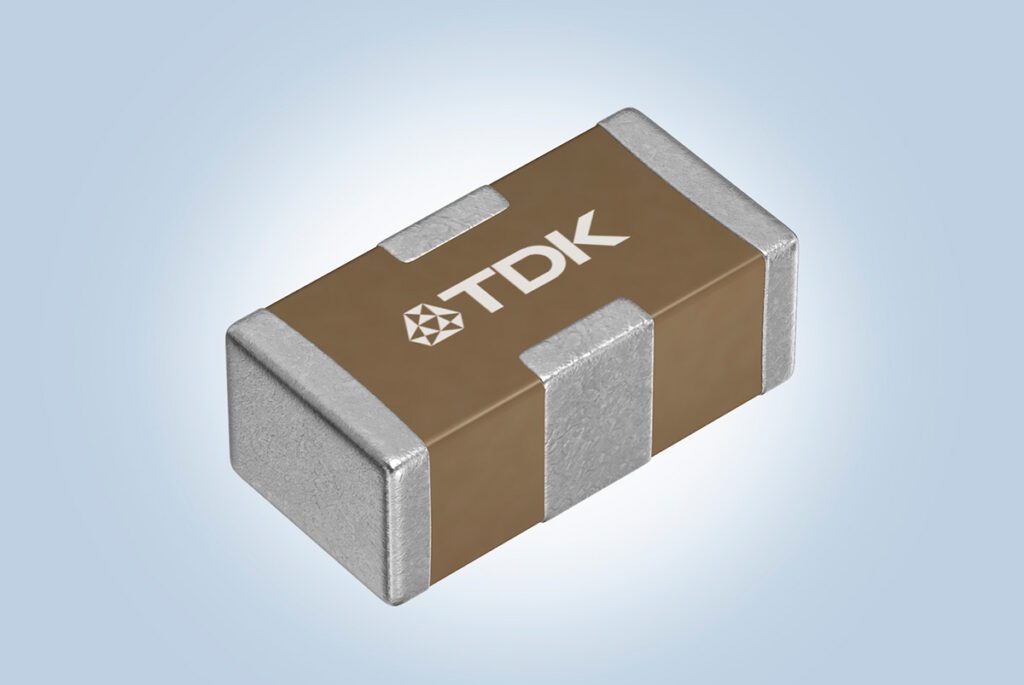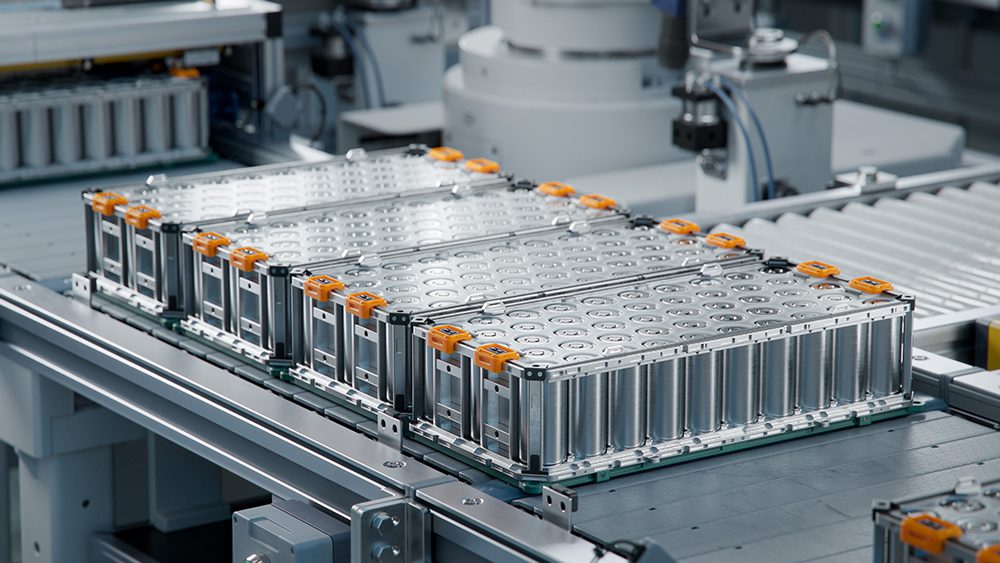As Norway and the Netherlands have become EV capitals, Germany has lagged behind – according to conventional wisdom, because of resistance from the all-powerful German auto industry, combined with consumers’ love of high-speed, long-range driving on the autobahn.
However, this picture is changing quickly. According to Bloomberg New Energy Finance, this year German sales could increase by 64%, making Germany the world’s third-largest market for plug-in vehicles. As reasons for the shift, Bloomberg cites public disgust over the diesel debacle, as well as a rapidly growing public charging network. The number of public chargers grew by 33% last year to 8,515, according to Statista, making Germany’s network five times more dense than that in the US.
“Charging on highways in Germany is very easy,” Munich i3 driver Julia Peglow told Bloomberg. However, she noted that a patchwork of networks required her to carry around a pocketful of customer cards. “It should be just as easy as paying for your fuel at a gas station.”
A consortium of automakers including VW, BMW, Ford and Daimler has begun construction of a fast charging network along Europe’s highways. The alliance plans to install 100 stations by the end of this year.
The German government has lagged behind its neighbors when it comes to incentives, but it finally began offering purchase rebates in 2016. There’s also a 300 million-euro budget for charging infrastructure, and Chancellor Angela Merkel has said she is planning more pro-EV measures, including tax incentives.
Tesla sales are growing even more quickly than overall plug-in sales – unsurprising considering that a Tesla, with its high top speed and generous range, is arguably the most autobahn-capable EV on the market. Sales of Models S and X grew 75% last year to 3,332 units, rivaling the 3,900 units sold by the Porsche Panamera.
Source: Bloomberg


















































































